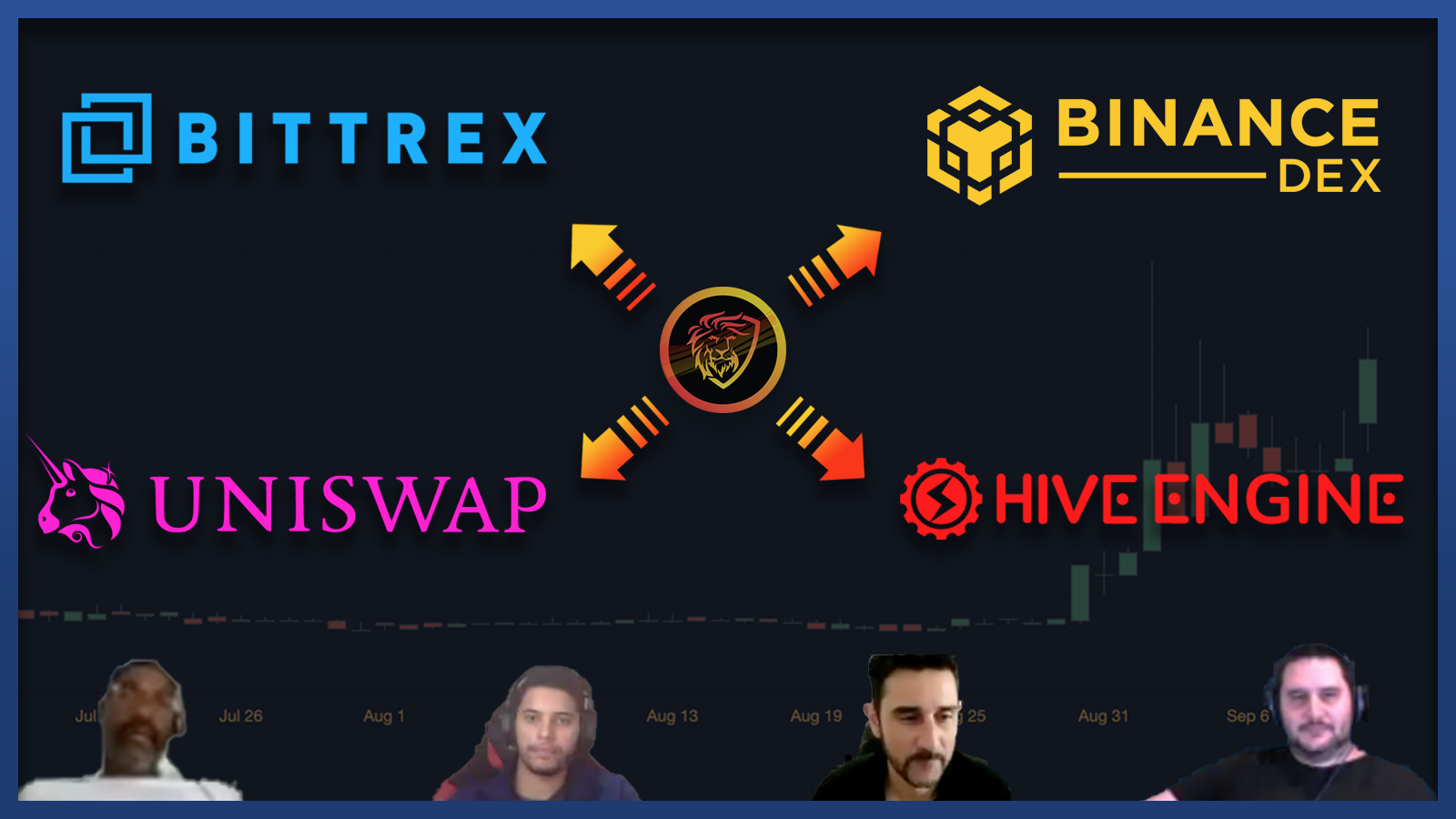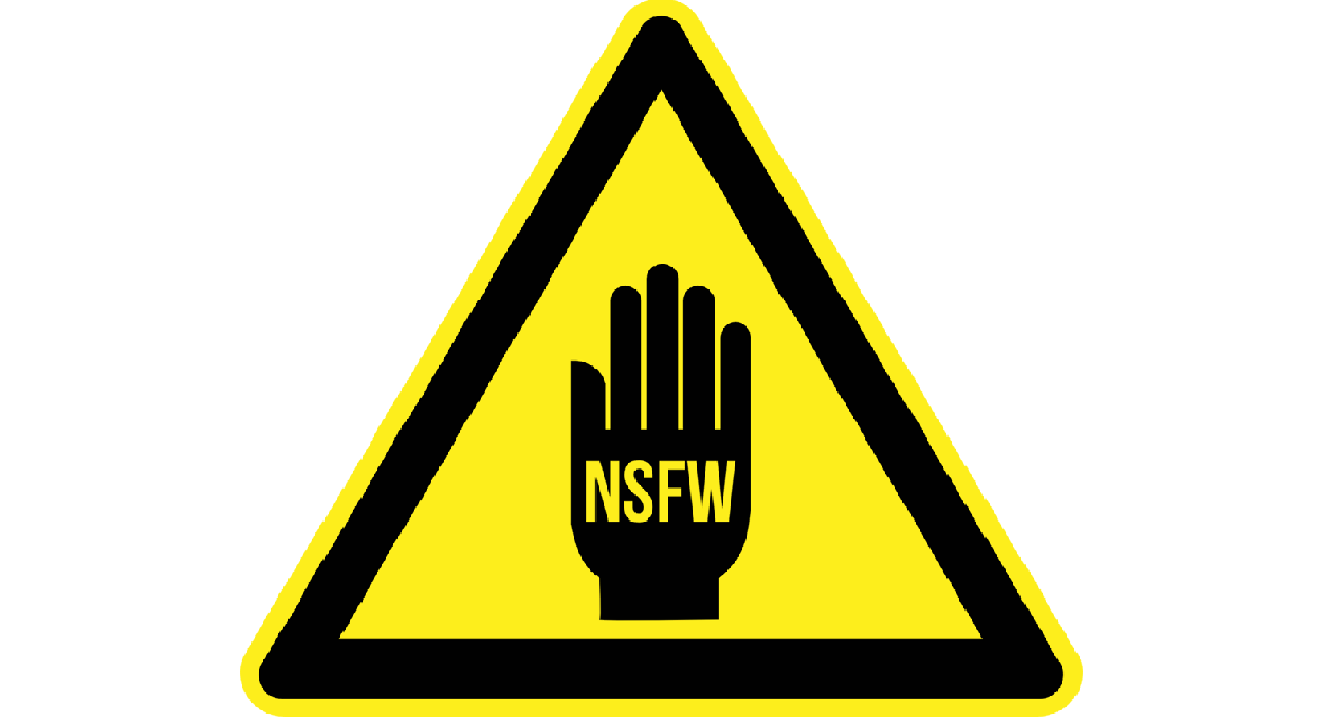About :

This clip came highly requested by @rollandthomas, @mindtrap and a few others. In real-time, Rolland saw this as a nugget of information for anyone involved in LEO.
wLEO opens up the opportunities to list LEO on external exchanges by using our ERC20 equivalent (WLEO). The ERC20 token protocol is the most widely adopted token protocol by exchanges, decentralized applications and data aggregators.
This means that anything that lists an ERC20 (which is nearly everything) can now list wLEO as a token. There are a few of these exchanges, aggregators and dApps on our short-term list of applications we’ll send out within the first 1-3 weeks of the Uniswap liquidity pool launch (on September 17th). Some examples include:
- Coingecko
- Coinmarketcap
- Blockfolio
- ...
Over time, the goal is to add more and more liquidity to the wLEO liquidity pools and eventually take our liquidity and volume numbers to larger exchanges and applications to ask for listings of wLEO.
In this clip, we use the examples of getting listed on external exchanges like Bittrex, Binance, Binance DEX, Ionomy, etc. and talk about the token flow impacts of these listings.
A lot of people don’t realize the benefits and economic impacts of listing a token on multiple exchanges. Right now, LEO can only be traded on Hive-Engine. In 3 days, LEO will be tradable on Hive-Engine and for the first time ever: outside of the Hive blockchain entirely.
wLEO will be listed on Uniswap come Thursday and soon after, will be listed on other exchanges/DEXes. With each new listing comes a new orderbook/token pool. This means that the places where LEO (WLEO) can be bought and sold will be increasing dramatically in the next few months. With each new addition, there is a new pathway opened up for the tokens in circulation.
Some tokens will land on Hive-Engine, while others will land on Uniswap. Token hodlers will then have options for where to buy or sell LEO depending on which exchange has the best price. As new exchanges are added, the options for where to buy and sell increase and thus, exchange arbitrage becomes more accessible.
Since LEO has such a limited supply, each new order book/liquidty pool means that it takes less LEO being purchased to raise or lower the price. As the price rises/falls on one exchange compared to the others, tokens will flow from the other exchanges into that exchange until the price is arbitraged back down/up to equal the other exchanges.
Arbitrage opportunities are about to be opened up for LEO traders which is a huge deal. That’s one reason why Rolland made it a point to say that this particular section of the podcast should be clipped and archived on the new wLEO Explore Page.
Listen & Subscribe to the LeoFinance Podcast!

Join Our Hive Community & Earn LEO Rewards!
Earn LEO + HIVE rewards by creating crypto/finance-related content in our PeakD community or directly from our hive-based interface at https://leofinance.io.
| Track Hive Data | New Interface! | About Us |
|---|---|---|
| Hivestats | LeoFinance Beta | Learn More |
 |
| Trade Hive Tokens | Learn & Contribute | Hive Witness |
|---|---|---|
| LeoDex | LeoPedia | Vote |
 |  |  |





Comments:
Their limit for today is $0!
Reply:
To comment on this video please connect a HIVE account to your profile: Connect HIVE Account